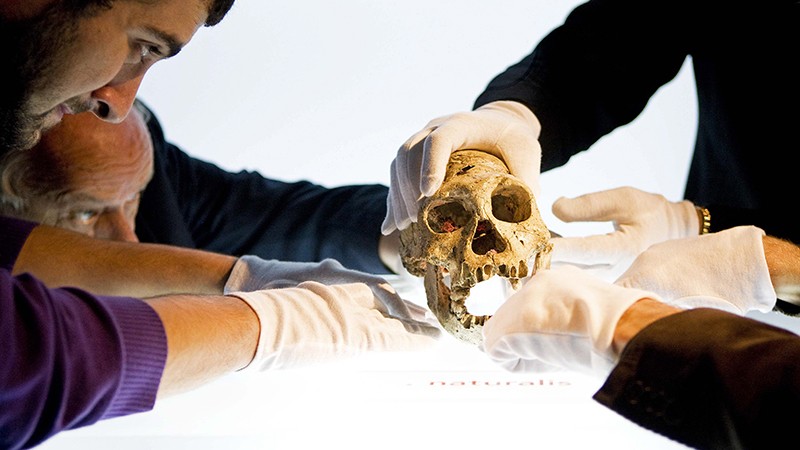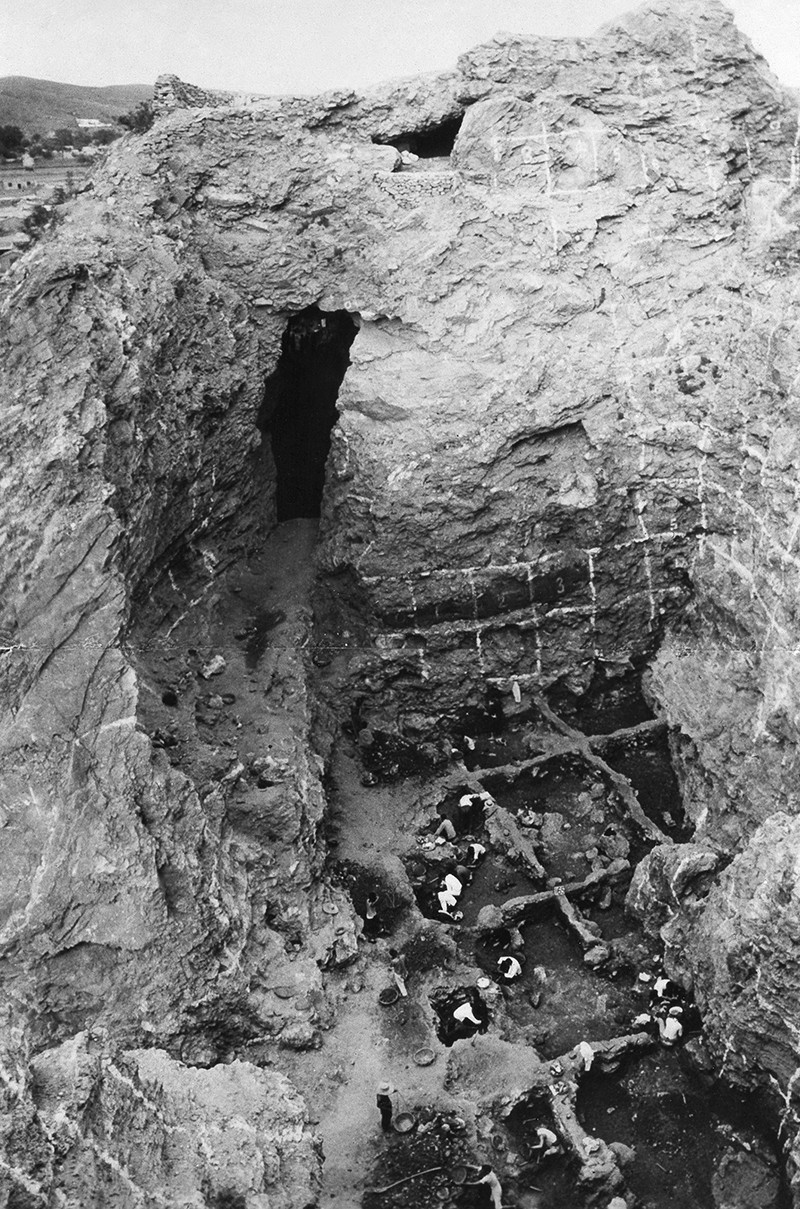The past, present and future of human evolution
Many people assume that palaeoanthropology deals only with the past. The thinking goes that, beyond a curious, somehow romantic interest in the early accounts of our ancestors, there is not much that this discipline can add to the understanding of present-day humans. South Korean palaeoanthropologist Sang-Hee Lee disputes that view in Close Encounters with Humankind. She shows us to ourselves as the living (and, importantly, still changing) outcome of a wonderful interplay between biology and natural selection over the roughly 6 million years since hominins diverged from the chimpanzee lineage.
Avoiding the usual narrative, from bipedal ape-like creature to complex behaviour, Lee offers an original journey along our singular evolutionary path. When did our ancestors lose their fur? Did the taste for meat change our destiny? Was farming a blessing or a curse? Is altruism unique to us? Succinctly and engagingly, Lee revisits these and other key questions about the story of our evolving species — and gives some unconventional answers.
Notably, she supports multiregionalism. This is the theory that modern humans originated in many places simultaneously, in contrast to the ‘out of Africa’ model that posits a single origin for our species. Thus, she counters the sometimes rigid interpretations of the fossil record propounded in a literature dominated by the English language and the Western scientific community. In her book, Asia makes a comeback as a birthplace of modern humans and their ancestors. Lee reminds us that the Dmanisi hominin fossils from the republic of Georgia are as old as the earliest Homo fossils found in Africa; and that Homo erectus might have originated in Asia and migrated “back into Africa” to give rise to later Homo species. She also discusses the Denisovans, the mysterious hominins that coexisted with modern humans and left behind extensive DNA, but few fossils. She refers to them as “Asian Neanderthals” to highlight how the reconstruction of European hominins’ evolutionary story should not be disconnected from that of their Asian cousins.
Dark skin is thought to have evolved in the first furless hominins in Africa, to protect against the ultraviolet radiation in intense direct sunlight. Hominins living in higher latitudes, went this line of reasoning, would be exposed to less UV radiation, and so would need less-active melanocytes (the cells that produce the pigment melanin). That might largely explain the lighter skin of populations in regions farther from the Equator. However, studies by geneticist Iain Mathieson, now at the University of Pennsylvania in Philadelphia, and his colleagues on a large ancient-DNA sample from western Eurasian populations revealed that the light skin of Europeans is due to a new gene variant that emerged no more than 4,000 years ago (I. Mathieson et al. Nature 528, 499–503; 2015). They link these populations’ lighter skin to the rise of agriculture and sedentary communal lifestyles, a view Lee favours.
As she shows, the shift to agriculture led to a diet based on processed grains and starches, which is deficient in many nutrients, including vitamin D. This deficiency forces the body itself to synthesize the vitamin — a metabolic process requiring the absorption of UV through the skin. The mutation for paler skin in Europeans pinpointed by Mathieson would maximize the UV absorption in populations facing low vitamin D intake. With this example, Lee emphasizes how culture — in this case, agriculture and a change in diet — might even have accelerated evolution.
Farming also led to a population explosion, despite increased vulnerability to infectious disease in settled communities. The availability of cereals allowed earlier weaning of infants, and meant women could give birth at shorter intervals. The resulting population increase brought higher genetic diversity, “the raw material of evolution”. Another demonstration of how our biology is still subject to change is the lactase mutation that has allowed some humans over at least the past 5,000 years to digest milk into adulthood. This eccentricity, less common in East Asia (predominantly China), became a key advantage for pastoralists and might represent an additional mechanism for overcoming the scarcity of vitamin D, because cow’s milk is rich in the nutrient.
Moreover, living in communities is central to our species’ success. As Lee notes, large groups became essential to survival because they offer assistance, to offset the difficulties of giving birth to big-brained babies and caring for them through a long infancy. Modern humans are also the longest-living primate species: three generations can overlap in time. Individuals stay ‘useful’ beyond their reproductive period by taking care of their children’s offspring and even unrelated infants. As Lee states, the concept of “fictive kin” (close bonds with those outside family or marriage) is unique to humans. She notes the remains of an elderly hominin in Dmanisi, dated to 1.8 million years ago, that evidently survived for some time without teeth, at a time without sophisticated tools or the knowledge of how to control fire. That could indicate that the hominin was treated with compassion by the group: the fossil could be the earliest evidence of human altruistic behaviour.
Lee’s style is breezy. A chapter entitled ‘King Kong’ discusses Gigantopithecus, the puzzling gigantic ape found in China that might have coexisted with Homo erectus from 1.2 million to 300,000 years ago. ‘Breaking Back’ looks at back pain as a trade-off of bipedalism. That accessibility sometimes risks over-simplifying, and occasionally strays into territory where every trait seems to have a function or to have evolved for a use.
Yet, ultimately, Lee will inspire even experts with her efforts at elucidating a field often seen as arid and inscrutable. Close Encounters with Humankind emphasizes how much the past matters. Our 6-million‑year story has been massively shaped by chance and a changing environment. Lee shows that, now more than ever, our decisions can shape the future of Earth and its inhabitants, including ourselves.
doi: 10.1038/d41586-018-01807-7


Nenhum comentário:
Postar um comentário
Observação: somente um membro deste blog pode postar um comentário.